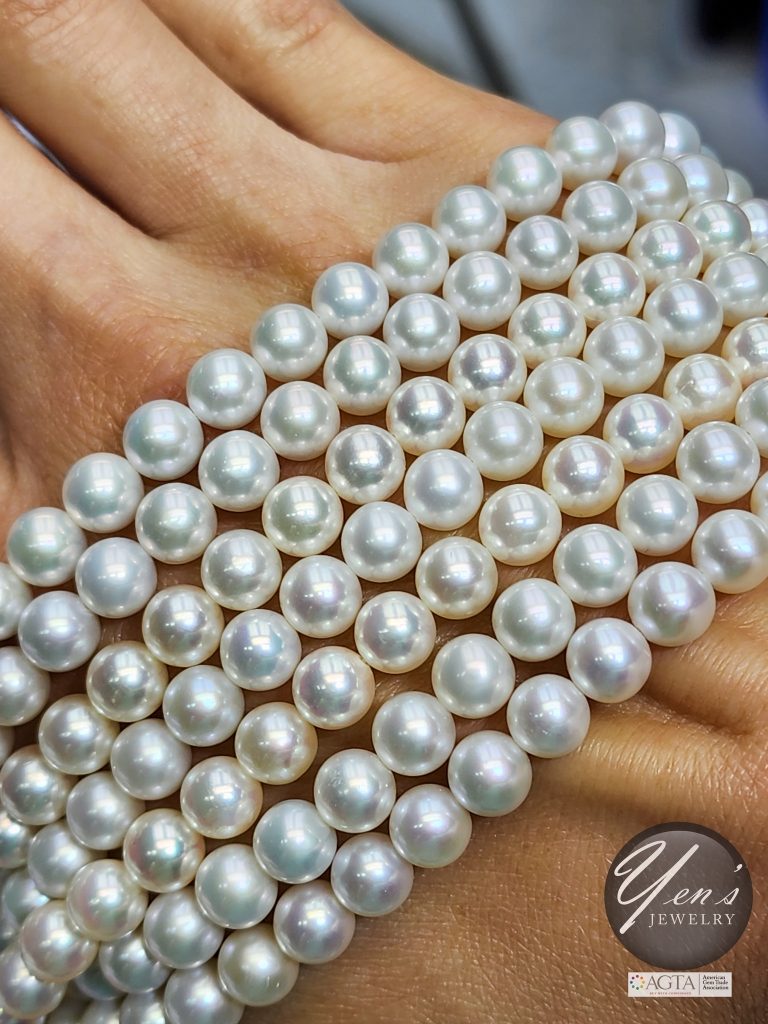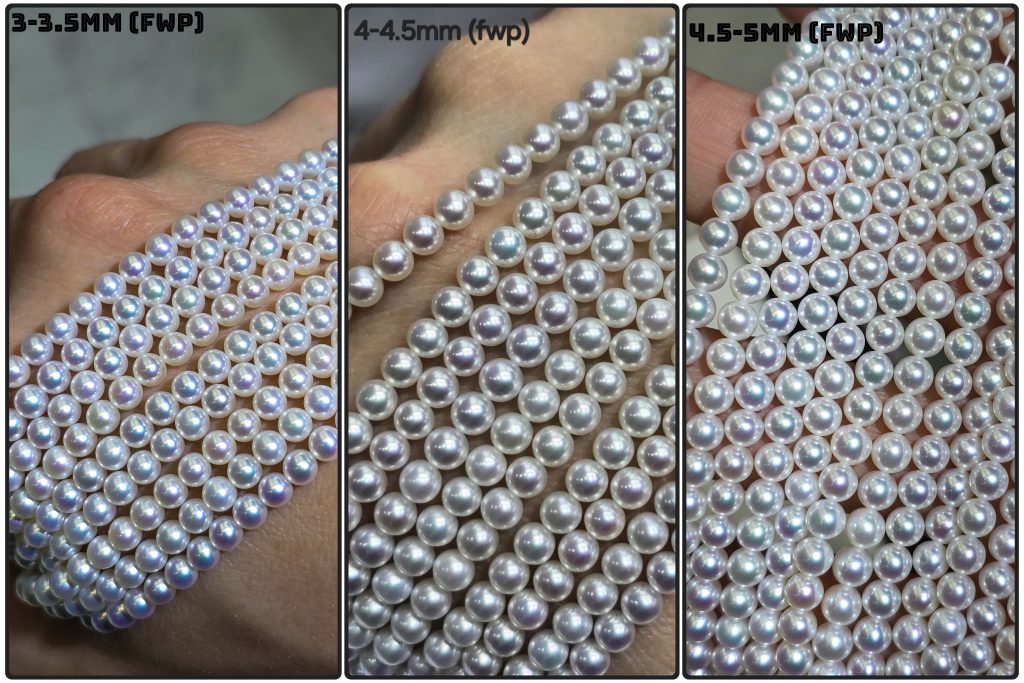Throughout history, pearls have captivated civilizations with their natural beauty and rarity. Dating back to 1167, a Chinese literary work highlighted freshwater pearl cultivation, underscoring the ancient acknowledgment of the importance of clean water in this process. However, it wasn’t until the modern era that pearl cultivation truly thrived. Kokichi Mikimoto, revered as the father of modern pearl cultivation, introduced techniques that revolutionized the industry, ushering in a new era of innovation. In the mid-20th century, inspired by Japanese methods, Chinese professional Xiong Daren embarked on experimental pearl cultivation, refining traditional mantle tissue nucleation methods. This led to the emergence of Chinese freshwater pearls, enabling mass production albeit with varying quality levels.
One significant milestone in the realm of pearl cultivation occurred in 2010 with the collaboration between Grace Pearl, a company based in Zhuji, Zhejiang Province, and Zhejiang University. Through rigorous research and development, a novel nucleation process akin to that of saltwater pearls was devised. This process involved bead nucleation in freshwater mussels, particularly the Hyriopsis cumingii species or hybrids thereof, resulting in pearls dubbed “Edison Pearls” in homage to Thomas Edison, marking a significant advancement in freshwater pearl production.
Meanwhile, the Japanese Akoya, renowned for its saltwater origin and bead nucleation, experienced a resurgence in popularity prior to the onset of the COVID-19 pandemic. However, subsequent global shutdowns exacerbated an already-existing supply shortage, compounded by the aging workforce within the traditional Japanese pearl farming community. This shortage was further compounded by China’s burgeoning demand for pearls and the ecological challenges posed by pollution-induced mass mollusk die-offs.
Responding to market trends and changing consumer preferences, Chinese pearl farmers cultivated smaller pearls to compete with their Japanese counterparts, resulting in the rapid emergence of smaller-sized Edison Pearls. Amidst these advancements in freshwater pearl cultivation, an interesting linguistic phenomenon has emerged: the proliferation of terms such as “Chinese AK,” “Chinese Akoya,” or “baby AK pearls.” Driven by farmers in China and influential figures within the industry, this linguistic evolution reflects the industry’s response to market demands. However, it’s essential to recognize that these terms can be misleading, akin to the analogy of Kobe beef in America—a product that, while bearing the prestigious name, may not meet the strict criteria associated with its namesake.
At the heart of this linguistic conundrum lies a fundamental misunderstanding. The term “Akoya” originates from Japan and specifically refers to the oyster species Pinctada fucata martensii, which thrives exclusively in saltwater environments. Therefore, when encountering labels such as “Chinese Akoya” or “baby AK pearls,” it’s crucial to disentangle the semantics from the reality.
Truthfully, these terms denote the production method rather than the geographical origin or species involved. “Chinese Akoya” or “baby AK pearls” are, in reality, freshwater pearls cultivated through bead nucleation techniques, distinct from the saltwater Akoya pearls synonymous with Japanese craftsmanship. Consequently, a more accurate mental association for these pearls would be “Chinese Bead Nucleated Freshwater Pearls” or, in harmony with their innovative inception, “Edison Pearls.”
For consumers and industry professionals alike, exercising discernment when encountering such terminology is imperative. By understanding the nuances and implications behind these labels, informed decisions can be made, appreciating the unique qualities that each variety of pearl offers and upholding the integrity of the pearl industry while celebrating the innovation and diversity that define its evolution.
In conclusion, as we navigate the ever-evolving landscape of the pearl industry, understanding terminology is paramount. The emergence of terms like “Chinese Akoya” underscores the importance of discerning between production methods and geographical origins to make informed purchasing decisions.
Despite these linguistic complexities, the remarkable advancements in freshwater pearl cultivation, epitomized by the unparalleled quality of “baby Edisons,” herald a new era in pearl production. With exceptional mirror luster, near-perfect roundness, and minimal blemishes, these pearls have garnered well-deserved recognition, even earning the endearing moniker “little lightbulbs.”
Looking ahead, a surge in demand for smaller-sized bead-nucleated freshwater pearls is anticipated, particularly among younger designers and consumers drawn to their elegance and versatility. As freshwater pearls, led by Edison Pearls, continue to assert their prominence in the market, they are poised to meet consumer demand and bridge the gap left by scarcity in the saltwater pearl market.
Fundamentally, the transition from traditional mantle tissue nucleation to innovative bead nucleation techniques symbolizes the dynamic evolution of the pearl industry. Embracing these advancements ensures the industry’s integrity is upheld while embracing the diversity and innovation that shape its future.
Disclaimer: It’s worth noting that there are farms off the coast of the Zhanjiang area of China collaborating with Guangdong University to cultivate “saltwater” pearls in Chinese territorial waters. However, the production volume has been relatively small in comparison to freshwaters. It’s crucial to distinguish these pearls from the Chinese freshwater Edisons mentioned earlier, as they belong to separate categories within the pearl industry.


